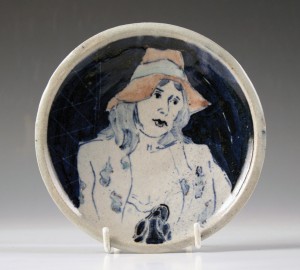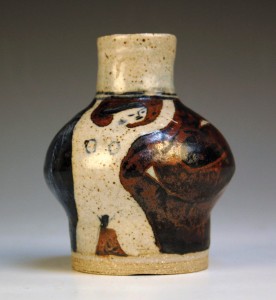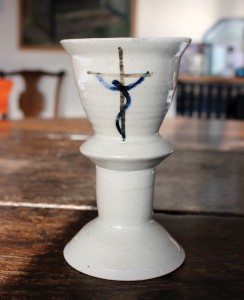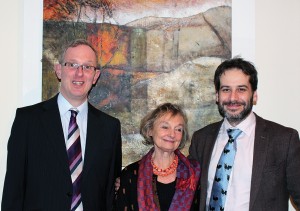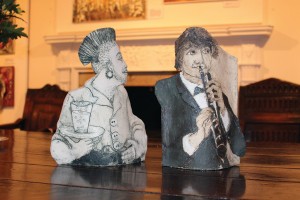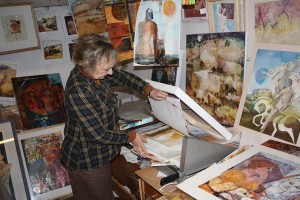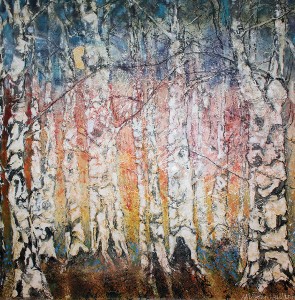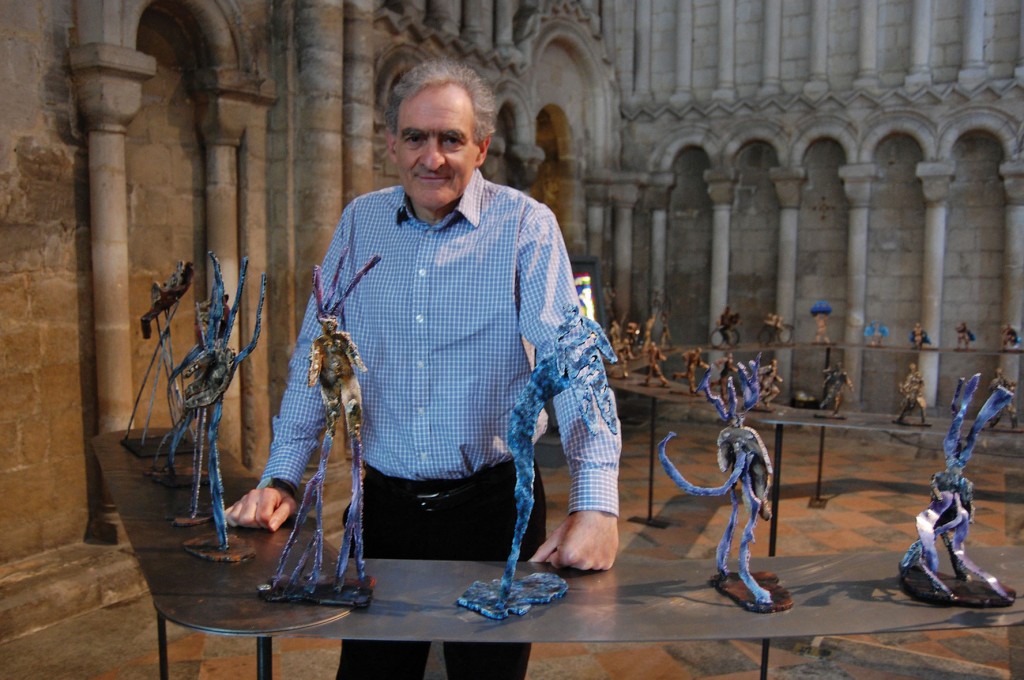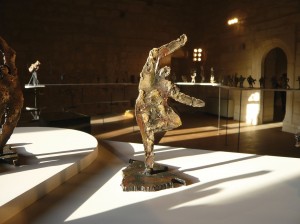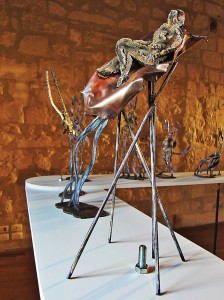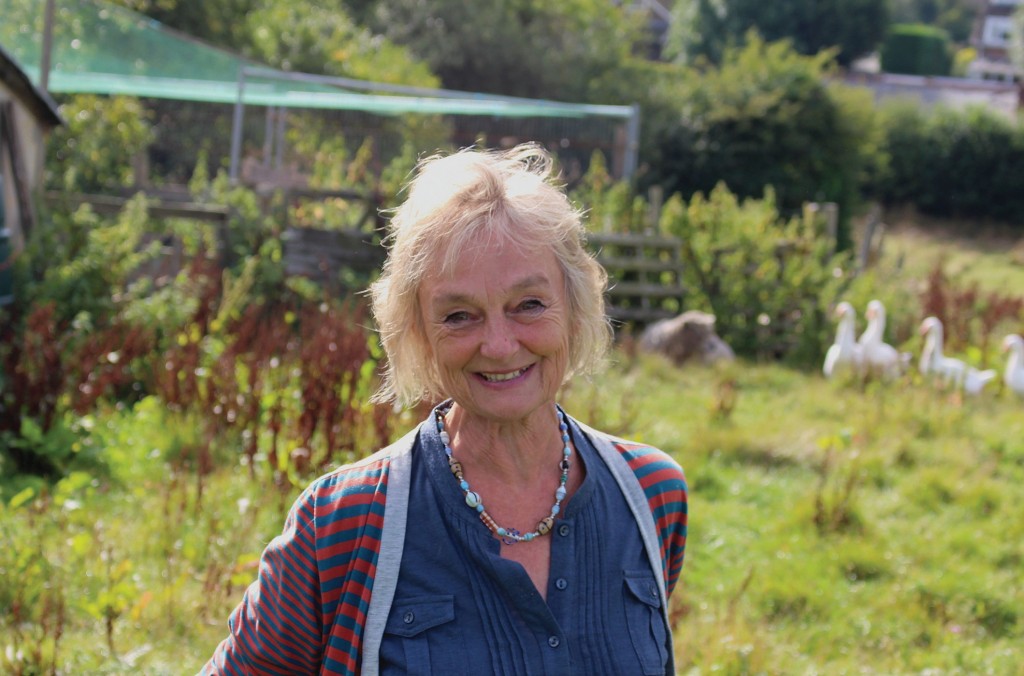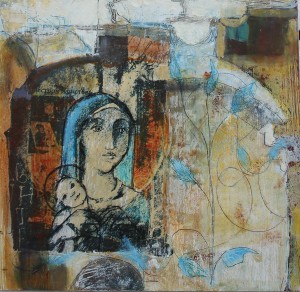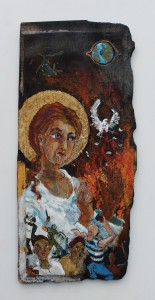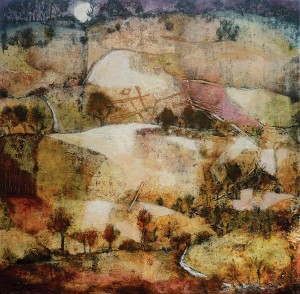
In 1954, a young art teacher called Lewis Creed at Ashfold School, Handcross, wanted to introduce his pupils to the joys of making pottery. He had little equipment at the school, but obtained clay from Keymer tiles and was encouraged by the head of Horsham Art School to fire the children’s pots in the art school kiln. In due course, the school itself got hold of a wheel and a kiln, and was able to do everything on site. 60 years later, the fruit of that teaching can be seen in Horsham Museum and Art Gallery’s new exhibition ‘The Alchemy of Lustre’ – an exhibition of lustreware by ceramic artist Jonathan Chiswell Jones.
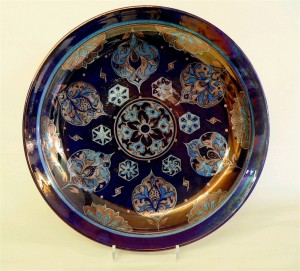
Born in Calcutta in 1944, Jonathan Chiswell Jones first saw pottery being made on the banks of the Hoogly river where potters were making disposable teacups from river clay. He was one of Lewis Creed’s pupils and, inspired by that early contact with clay, he has worked as a professional potter for the past 40 years. In 1998, Chiswell Jones was given an award by Arts Training South, which encouraged him to go on a course about ceramic lustre. He began to experiment with the thousand year old technique used by Middle Eastern potters to fuse a thin layer of silver or copper onto the surface of a glaze. This layer, protected by the glaze, then reflects light. Hence the term ‘lustre.’ The lustreware on show at Horsham Museum and Art Gallery demonstrates this almost magical transformation, whereby clay and glaze, metal and fire combine to produce pots which reflect light and colour, a process in which base metal seems to be turned to gold. Of this process Jonathan Chiswell Jones notes:
“I am proud to stand in this lustreware tradition, with its roots in the Islamic empire of the tenth century, its appearance in Spain and Italy in the fifteenth and sixteenth centuries, its revival in the nineteenth century by Theodore Dec in France and by Zolnay in Hungary, and in this country by William De Morgan, and more recently by Alan Caiger Smith.”
50 pieces of Jonathan Chiswell Jones’s creation will be on display in ‘The Alchemy of Lustre,’ which opens at Horsham District Council’s Horsham Museum & Art Gallery on 20 March and closes 30 April 2014. All of the artworks will be available for purchase, including the option to buy via Own Art.

